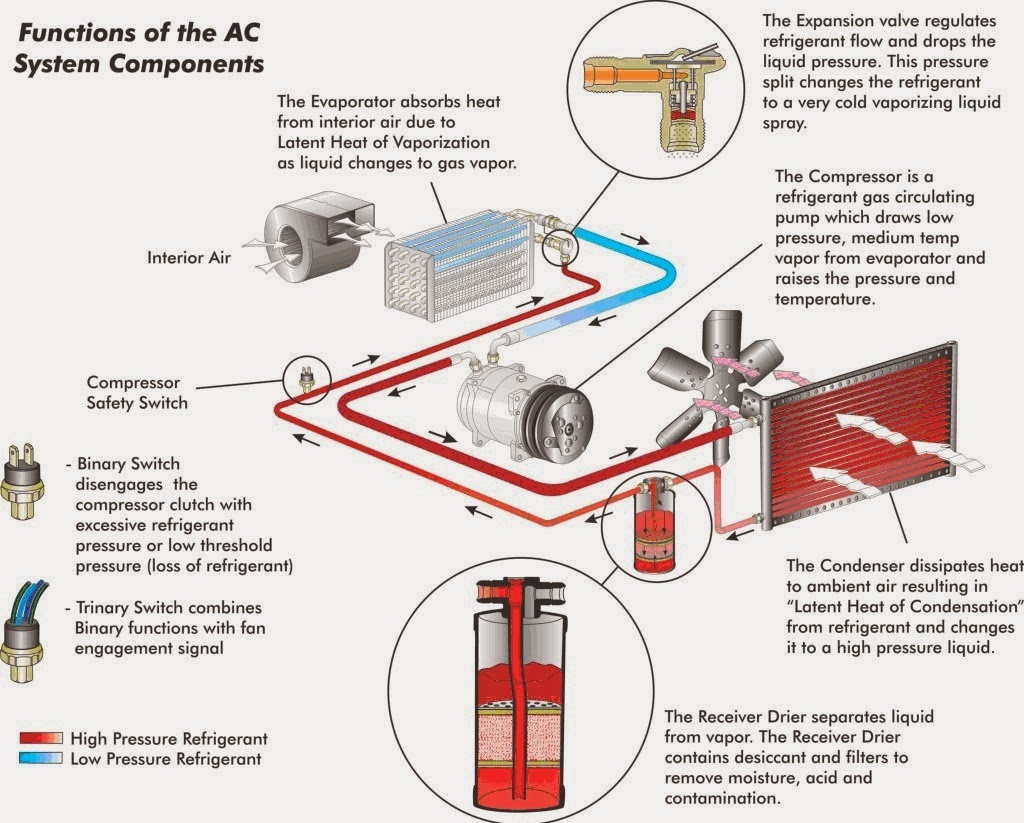Essential Guide to Using a Vacuum Pump on Your Car AC System
A properly functioning car AC system is crucial for comfort, especially during hot weather. A key step in servicing or repairing an AC system is drawing a vacuum on the system with a vacuum pump. But why is this process so vital? This comprehensive guide will delve into the intricacies of utilizing a vacuum pump on a car's AC system, covering everything from its purpose to best practices.
Imagine sealing a container with moisture inside. Over time, that moisture can cause corrosion and damage. The same principle applies to your car’s AC system. Air and moisture are detrimental to its efficient operation. A vacuum pump is used to remove these unwanted elements, ensuring optimal performance and longevity.
The history of using vacuum pumps in automotive AC systems is intertwined with the evolution of the systems themselves. As AC systems became more complex and relied on refrigerants sensitive to moisture, the necessity of evacuation became clear. Early systems might have tolerated some moisture, but modern systems demand a thorough evacuation to function properly.
The core reason for employing a vacuum pump during car AC service is the removal of air and moisture. Air within the system can mix with the refrigerant, reducing cooling efficiency. Moisture, on the other hand, can react with the refrigerant and form corrosive acids, damaging critical components like the compressor and expansion valve. Employing a vacuum pump is a preventative measure against costly repairs down the line. This practice is crucial to the overall health and longevity of the AC system. Neglecting this step can lead to several issues, including reduced cooling performance, compressor failure, and corrosion within the system.
Evacuating a car AC system involves connecting a vacuum pump to the system's low-pressure port. The pump then draws a vacuum, effectively removing air and moisture. It's crucial to achieve a deep vacuum and hold it for a specific duration to ensure complete removal. This process ensures the system is clean and ready for the refrigerant charge. A simple example: Imagine sucking the air out of a straw. The same principle applies, but on a more sophisticated level, with the vacuum pump removing even trace amounts of air and moisture.
There are numerous benefits to correctly operating a vacuum pump on a car's AC system. First, it enhances the system's cooling efficiency by removing air that could interfere with the refrigerant's thermodynamic properties. Second, it prevents corrosion by eliminating moisture that could react with the refrigerant and form damaging acids. Third, it extends the lifespan of the system by protecting critical components like the compressor from premature failure.
To effectively implement this process, follow these steps: 1. Connect the vacuum pump to the low-pressure port. 2. Turn on the pump and draw a vacuum to the manufacturer’s recommended level. 3. Hold the vacuum for the specified time, usually around 30-45 minutes. 4. Close the valve on the vacuum pump and disconnect it from the system.
Advantages and Disadvantages of Using a Vacuum Pump
| Advantages | Disadvantages |
|---|---|
| Improved Cooling Efficiency | Requires specialized equipment |
| Prevents Corrosion | Time-consuming process |
| Extends System Lifespan | Potential for leaks if connections are not properly sealed |
Best practices include using a high-quality vacuum pump, ensuring tight connections to avoid leaks, and following the manufacturer’s recommended vacuum level and duration.
While this article provides a general overview, always consult your vehicle’s service manual for specific instructions and safety precautions. Utilizing a vacuum pump is a crucial step in maintaining a healthy and efficient car AC system, contributing to a more comfortable driving experience.
Frequently Asked Questions about using a vacuum pump on car AC systems are addressed below:
1. Why is it necessary to use a vacuum pump on a car AC system? Answer: To remove air and moisture.
2. How long should I draw a vacuum on the system? Answer: Consult your vehicle's service manual for the specific time, but generally, it’s around 30-45 minutes.
3. What happens if I don't pull a vacuum on the AC system? Answer: Reduced cooling performance, compressor failure, and corrosion can occur.
4. What type of vacuum pump should I use? Answer: A two-stage vacuum pump designed for HVAC systems.
5. How do I know if I've achieved a proper vacuum? Answer: Observe the vacuum gauge on the pump.
6. What are the signs of a leak during the vacuum process? Answer: The vacuum gauge won't hold a steady reading.
7. Can I use a regular air compressor to evacuate the system? Answer: No, a specialized vacuum pump is required.
8. How often should I evacuate my car's AC system? Answer: Typically, whenever the system is opened for service or repair.
A valuable tip is to invest in a high-quality vacuum pump and gauge set. This will ensure efficient evacuation and accurate readings. Another trick is to apply a small amount of refrigerant oil to the vacuum pump fittings to create a better seal.
In conclusion, employing a vacuum pump on a car AC system is an indispensable process for ensuring its optimal performance and longevity. It eliminates harmful air and moisture, preventing corrosion and improving cooling efficiency. While the process might seem technical, understanding its importance and following the proper steps will significantly benefit your car's AC system in the long run. By adhering to the best practices outlined in this guide and consulting your vehicle's service manual, you can contribute to a comfortable driving experience while safeguarding your AC system from potential damage. Remember, a well-maintained AC system not only provides comfort but also retains its value over time. Take the time to understand and implement these practices, and your car's AC system will reward you with reliable and efficient cooling for years to come.
Forbidden fruit season 1 episode 17 a pivotal moment
Mastering the bonafide letter a comprehensive guide
The new honda ridgeline is it actually worth it














